【JLPT N5★Question marker か ka】
か(Ka) makes questions, both plain and polite. It is placed at the end of a sentence, somewhat like a question mark.
日本語 / Japanese
(1)明日は雨ですか。
(2)あの人は学生ですか。
(3)今日は暑いですか。
(4)週末は忙しいですか。
(5)この本は面白いですか。
(6)コーヒーを飲みますか。
ことばと表現 / Words & Expressions
あの【あの ano】that
人【ひと hito】person
暑い【あつい atsui】hot
週末【しゅうまつ syuumatu】weekend
忙しい【いそがしい isogasii】busy
この【この kono】this
面白い【おもしろい omosiroi】interesting
コーヒー【コーヒー koohii】coffee
飲む【のむ nomu】to drink
英語/ English
(1)Will it rain tomorrow?
(2)Is that person a student?
(3)Is it hot today?
(4)Are you busy on the weekend?
(5)Is this book interesting?
(6)Do you drink coffee?
ひらがな / hiragana
(1)あしたはあめですか。
(2)あのひとはがくせいですか。
(3)きょうはあついですか。
(4)しゅうまつはいそがしいですか。
(5)このほんはおもしろいですか。
(6)コーヒーをのみますか。
ローマ字 / Roman letters
(1)Asita wa ame desu ka.
(2)Ano hito wa gakusei desu ka.
(3)Kyou wa atsui desu ka.
(4)Syuumatu wa isogasii desu ka.
(5)Kono hon wa omosiroi desu ka.
(6)Koohii wo nomimasu ka.










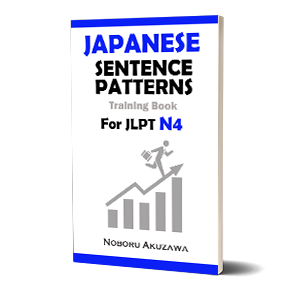
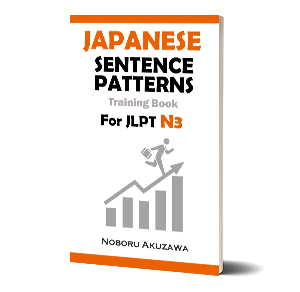

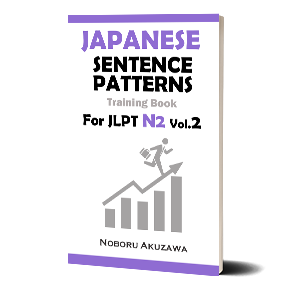
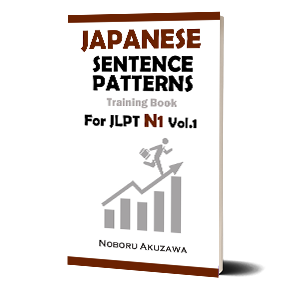
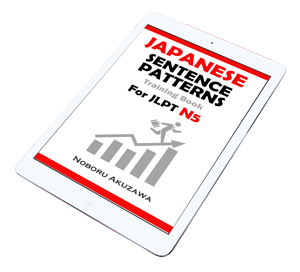
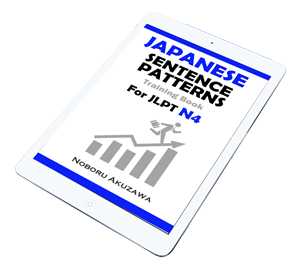
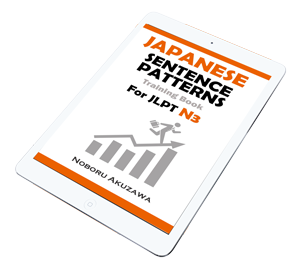
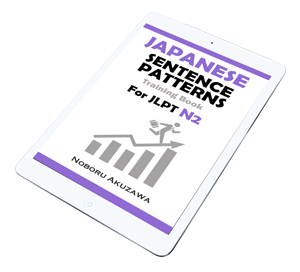
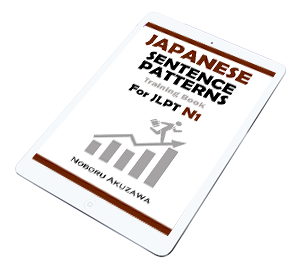










No comments yet.